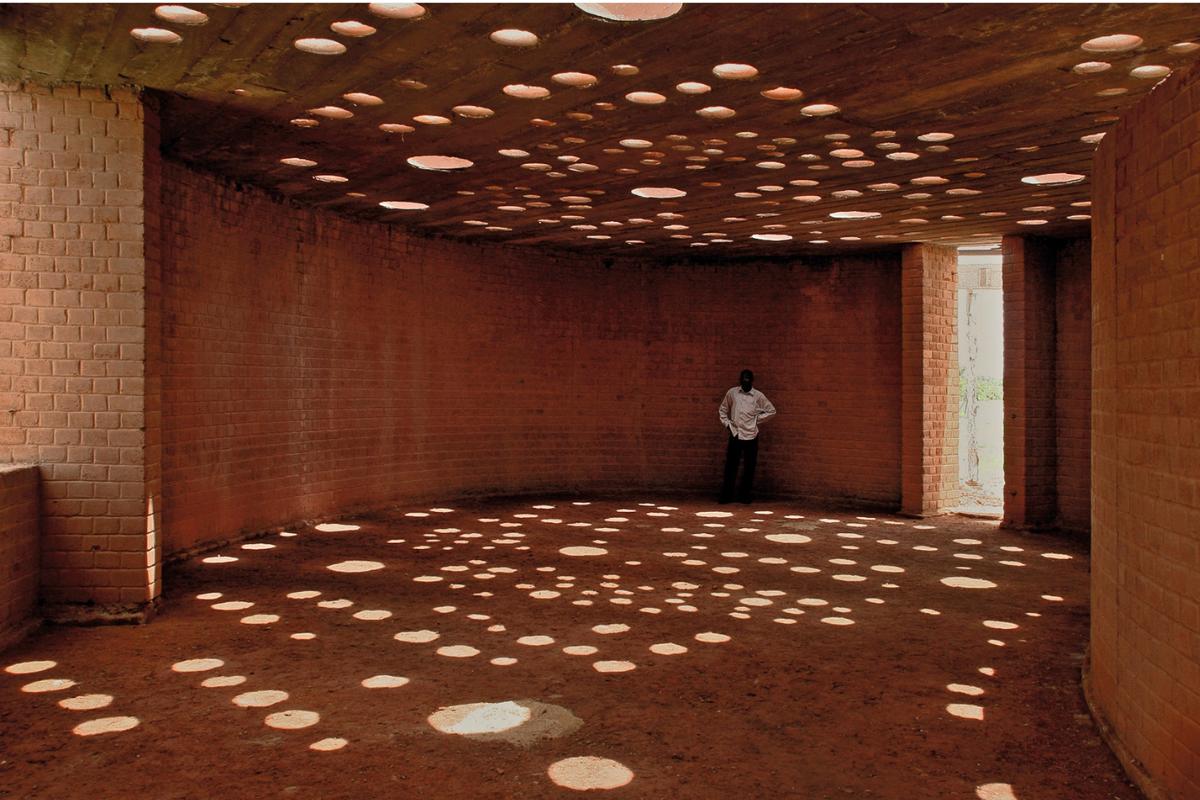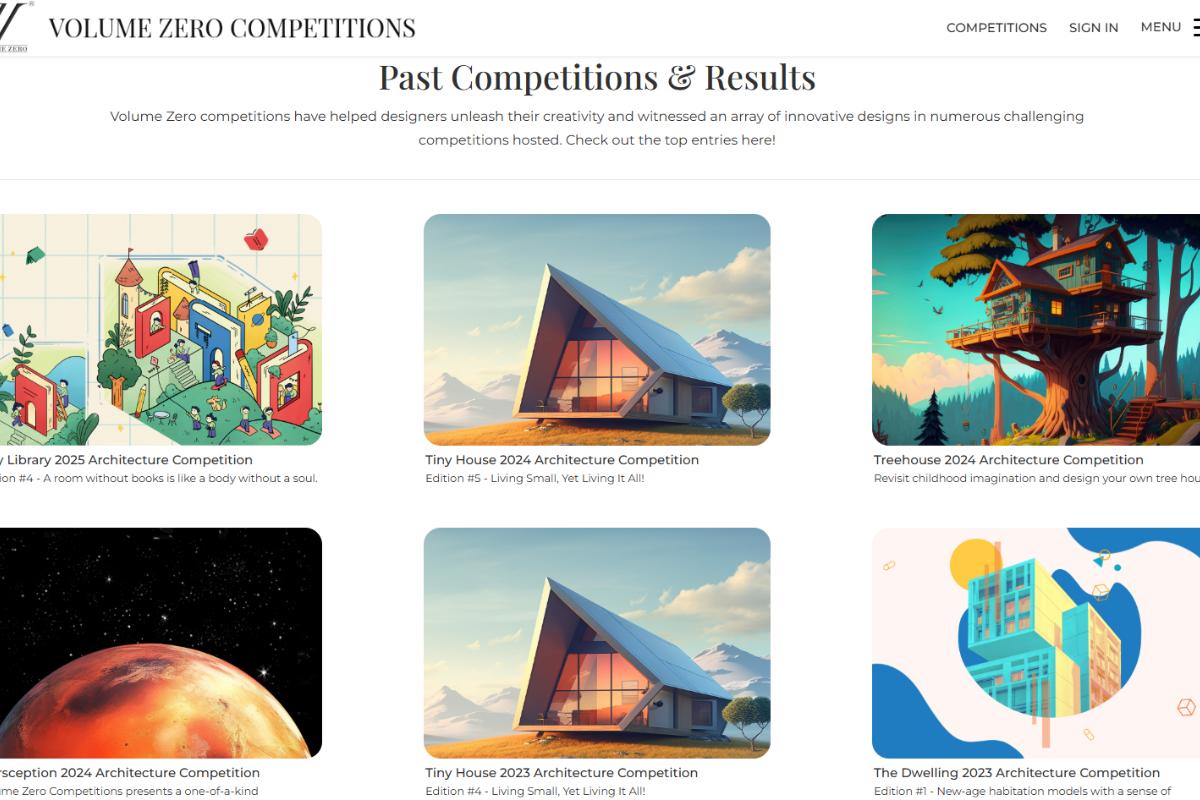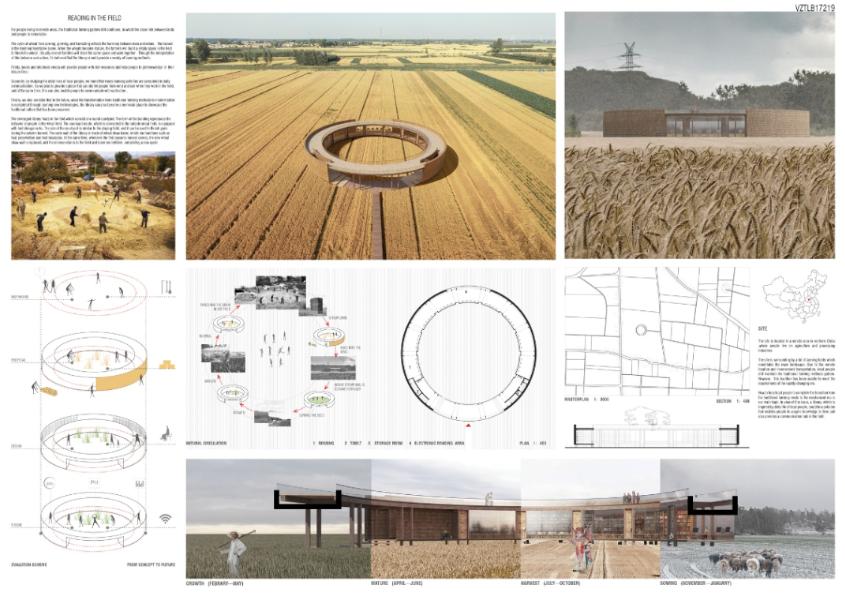The Role of Architecture Competitions in Growing a Career in the Field
News & Article
05 Aug 2025

Architecture competitions represent powerful catalysts for career advancement in the design profession. From students to established practitioners, these platforms offer opportunities extending far beyond winning commissions. This article explores how strategic participation in architecture competitions can significantly shape and accelerate a professional journey, highlighting the vital role of architecture competitions in growing a career in the field.
Expanding Professional Portfolios Beyond Traditional Pathways

For students and emerging architects, architecture competitions provide crucial opportunities to develop portfolios without established client relationships:
• Design freedom: Architecture competitions allow architects to express creative vision without commercial constraints.
• Diverse typologies: Spanning residential, cultural, and experimental projects, competitions enable demonstration of versatility across building types.
• Conceptual exploration: The speculative nature permits innovative ideas that might be considered too experimental for traditional commissions.
• Academia-practice bridge: For students especially, architecture competitions for students offer valuable transition between academic environment and professional practice.
Many renowned architects established early reputations through competition wins. Bjarke Ingels won the VM Houses competition in Copenhagen while still in his twenties, launching BIG as a practice. This exemplifies the role of architecture competitions in growing a career path that might otherwise take decades to develop.
Cultivating Professional Visibility in a Crowded Field

Architecture competitions function as powerful platforms for visibility, highlighting the role of architecture competitions in growing a career through recognition:
• Media exposure: Winning or being shortlisted attracts attention from architectural publications and social media.
• Peer recognition: Success in juried competitions confers recognition from respected professionals, establishing credibility.
• Public awareness: Public competitions introduce emerging talents to potential clients and collaborators outside typical networks.
Zaha Hadid's early theoretical projects and competition entries brought her global recognition long before her built works materialized. Similarly, Daniel Libeskind's career launched through his winning entry for the Jewish Museum Berlin competition, demonstrating how pivotal competitions can be for career development.
Educational Advantages for Architecture Students

Architecture competitions for students offer unique educational benefits beyond formal curriculum:
• Real-world design problems: Architecture competitions address actual sites and programs, providing experience with authentic challenges.
• Self-directed learning: Competitions require independent research methodologies and design processes.
• Cross-institutional collaboration: Team-based architecture competitions for students allow collaboration with peers from different schools.
• Global perspective: International competitions enable engagement with diverse cultural contexts.
Universities increasingly recognize these benefits, with many architecture programs incorporating competitions into curricula or offering credit for participation. Architecture competitions for students in 2025 continue to provide these valuable learning experiences with increasingly sophisticated briefs addressing contemporary challenges.
Accelerating Professional Development Through Competition Processes

The competition process fosters professional development, reinforcing the role of architecture competitions in growing a career through skill acquisition:
• Rapid development: Compressed timeframes force architects to refine design processes and decision-making.
• Communication skills: Successful entries require clear communication of complex ideas through various media.
• Collaborative capabilities: Team-based competitions enhance collaborative skills and expose participants to diverse perspectives.
• Technical growth: Research-intensive competitions encourage architects to deepen knowledge of specialized building types or technologies.
The Archiprix International competition exemplifies this skill development focus. As a platform for graduating students worldwide, it demonstrates the role of architecture competitions in growing a career by building essential professional capabilities.
Building Professional Networks Through Competition Engagement

Architecture competitions foster valuable connections, highlighting another aspect of the role of architecture competitions in growing a career path:
• Jury relationships: Thoughtful entries can impress jurors—often influential practitioners or potential clients.
• Collaboration opportunities: Team-based competitions frequently lead to meaningful professional relationships.
• International exposure: Global competitions enable architects to enter international discourse without physical presence in those locations.
The SOM Foundation Fellowships illustrate this network-building power, creating a global network of fellows who maintain connections throughout their careers. For students exploring architecture competitions for students in 2025, these networking opportunities represent invaluable career acceleration.
Strategic Participation for Career Trajectory Development

Different types of competitions serve different objectives in the role of architecture competitions in growing a career:
• Ideas competitions: Best for conceptual exploration and portfolio development.
• Student competitions: Excellent for emerging talents to gain recognition before professional practice.
• Two-stage competitions: Provide greater chances of reaching advanced stages where detailed work receives attention.
• Specialized niche competitions: Allow architects to establish expertise in particular areas.
For students specifically, architecture competitions for students like the UIA-HYP Cup provide opportunities to receive feedback from renowned architects who serve as jurors, creating pivotal learning moments.
Transformation Through Competition: Career Case Studies

Several contemporary practices illustrate successful competition-based career strategies, demonstrating the role of architecture competitions in growing a career:
SANAA launched their international reputation with the winning design for the 21st Century Museum of Contemporary Art in Kanazawa, Japan, marking their transition from a respected Japanese practice to a global design influence.
Snøhetta transformed from a small Nordic practice to a global firm after winning the Alexandria Library competition in Egypt, demonstrating their ability to create powerful architectural gestures responsive to cultural context.
Francis Kéré gained international recognition through competition-based projects that combined his European architectural education with his African heritage. His strategic use of competitions ultimately led to his selection as the 2022 Pritzker Prize laureate, exemplifying the role of architecture competitions in growing a career path to its highest achievements.
Assemble, the London-based collective, demonstrates how competition participation can support alternative practice models. Their competition-winning Cineroleum project was created while members were still students, leading eventually to their Turner Prize win and establishing them as a model of socially engaged design practice.
Transitional Pathways from Academic to Professional Recognition

The transition from student competition participant to professional recognition often follows identifiable patterns, highlighting the role of architecture competitions in growing a career from education to practice:
• Academic integration: Incorporating competition work into academic portfolios
• Competition sequences: Strategic progression from architecture competitions for students to open professional competitions
• Documentation consistency: Developing a recognizable graphic language across multiple competitions
• Publication leverage: Using competition recognition to secure publications
The career of Lina Ghotmeh exemplifies this pathway. Beginning with student competition entries, she progressed to winning the international competition for the Estonian National Museum in her twenties, enabling her to establish her own Paris-based practice.
Contemporary Competition Platforms for Emerging Talent

Various platforms have emerged to support early-career architects in competition participation. Among these, Volume Zero has created accessible architecture competitions for students and recent graduates, offering focused briefs, reasonable entry fees, and international exposure. Architecture competitions for students in 2025 continue this tradition, with platforms increasingly facilitating the role of architecture competitions in growing a career through targeted opportunities for emerging talent.
Architecture competitions constitute a parallel professional realm where careers can be launched, reputations established, and networks expanded. When approached strategically, competitions offer a powerful mechanism for architects at all stages to transcend the limitations of conventional practice and accelerate professional development.
For architecture students particularly, architecture competitions provide an unparalleled platform to demonstrate capabilities beyond academic requirements, develop a distinctive voice, and enter professional discourse even before graduation. The role of architecture competitions in growing a career in the field remains one of the most significant pathways to establishing a distinctive and successful architectural practice in an increasingly competitive profession.
Text provided by Samiksha Ghuge-
Samiksha Ghuge is a newly budding student writer with an insatiable passion for storytelling and a keen interest in Architecture. She is presently pursuing a degree at the L.S. Raheja School of Architecture. Samiksha is on a mission to deliver high-quality, well-researched content that is both informative and engaging. when she is not writing she enjoys sketching, reading, and visiting art museums.
Upcoming Deadlines
Tiny House 2025
Architecture Competition
Early Bird Deadline - 05 Dec 2025
Standard Registration Deadline - 16 Jan 2026
Submission - 23 Jan 2026



